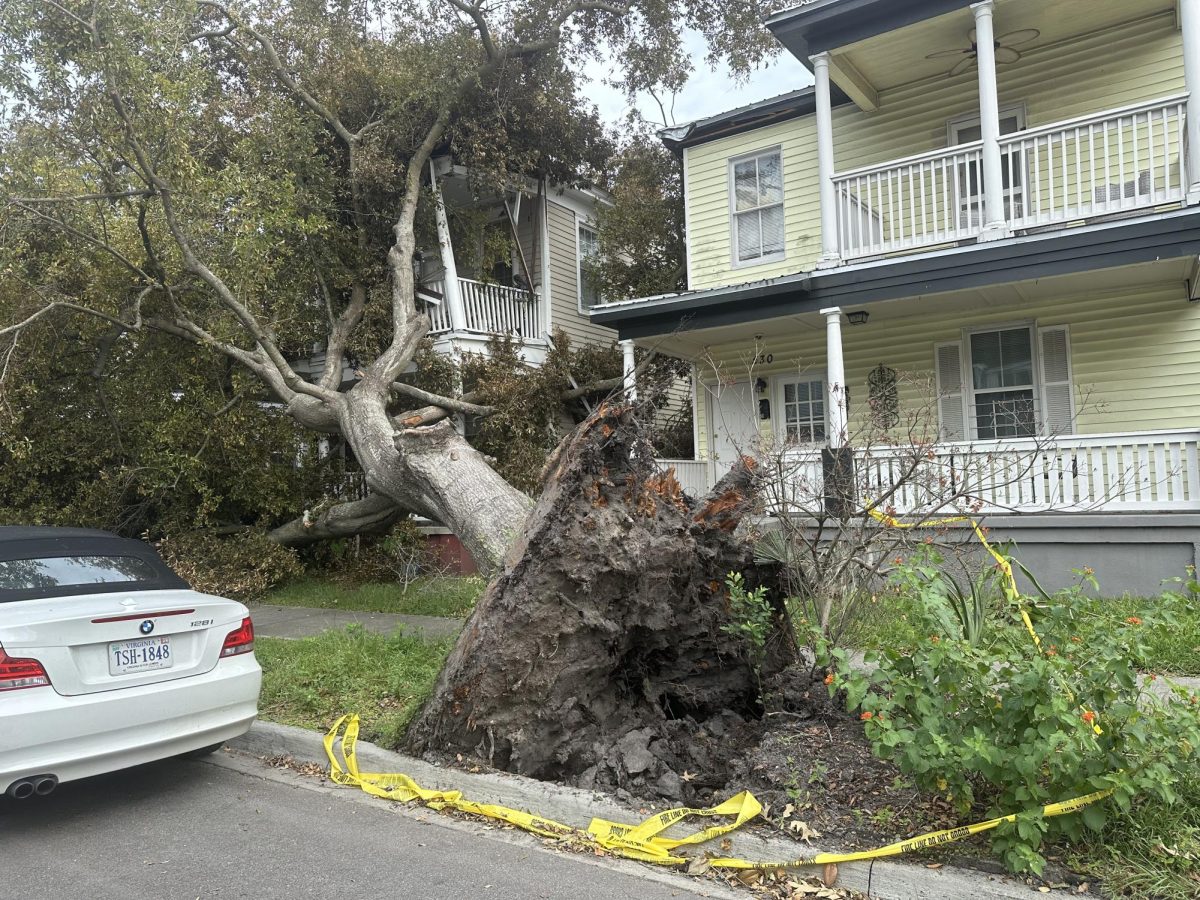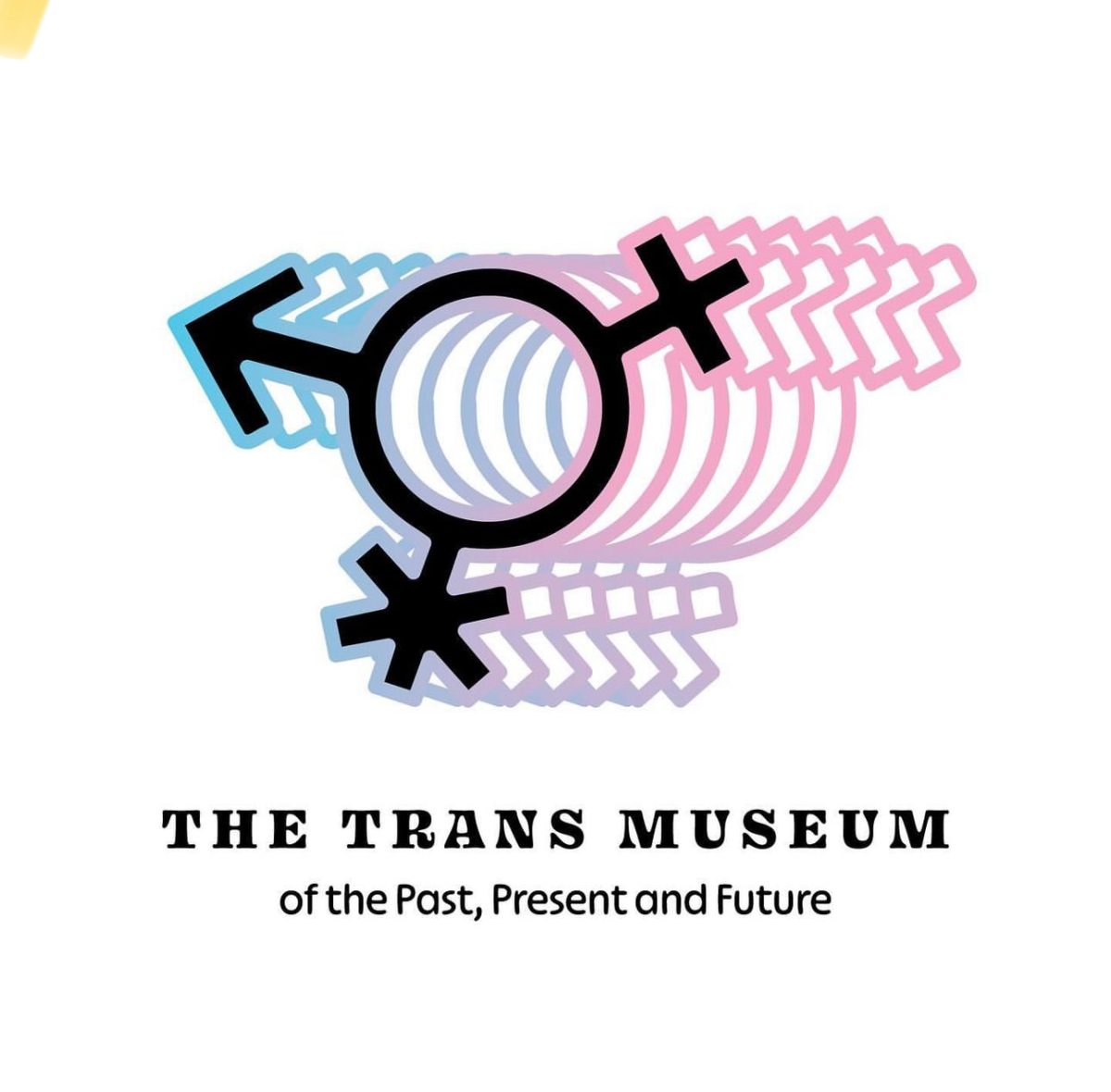By Angel Cleveland, Staff Writer
The Mexican holiday, Dia de Los Muertos, was held in Ballroom B on the second floor of the Student Union Nov. 3. The name translates to “Day of the Dead.” It was hosted by the student organization, HOLA, and sponsored by HORA, the Phi Iota Alpha Fraternity, and Camina. The daylong event started at 10 a.m. and went until 9 p.m.
Dia de Los Muertos is celebrated each year by Hispanics worldwide from the first of November through the third. Notably scheduled after the similar-themed Halloween, the holiday is actually not intended to be scary or sad in its dealing with death. Instead, the tradition is a festivity of the lives that have passed on. The dead are invited back to celebrate with relatives and enjoy old pleasures from life.
Visitors were greeted by a decorated table with flyers and a triptych covering everything one needs to know about the holiday. This included a fact sheet, a list of links and books to read more on the holiday, and a schedule of the activities for the day.
Though part of Latino culture, HOLA members ensured the celebration invited all cultures to participate. Anyone who wanted to dedicate something to a deceased loved one was welcome to put an item on the altar in the front of the room. There were three activity stations of arts and crafts for guests.
Living visitors could make their own paper marigolds at one station. Another station welcomed incomers to do word searches, mix and matches, and to color pictures of calacas, or whimsical skeletons. This included the Lady of the Dead herself, La Catrina; this now iconic lady skeleton was created by satirist Jose Guadalupe Posada in honor of the holiday. The last station held masks to be painted on for fun. Six taller and smaller tables held vases of Marigolds along with candy for guests. Each of these tables had a Spanish word about the celebration defined. The fundraiser for HOLA had a table with Phi Iota Alpha brothers selling tamales and hot cocoa at the event.
In the front of the room, was the altar of la ofrenda, or the offering to the dead. The altar held paper art, a water jug for thirsty deceased travelers, pan de muertos or the bread of the dead, pictures of lost loved ones, decorated skull and regular candles, paper marigolds whose scent attract the nonliving, old belongings and food favorites. The four elements of the festival: fire, water, wind, and earth were represented by candles, a water jug, papel picado, and pan de muertos respectively. A cross hung at the high middle of the altar, a symbol of the celebration roots in Catholicism.
Personal items, from Armstrong students, were also placed on the altar. Elizabeth De La Pena, the coordinator of the event and a member of HOLA, placed pictures of her grandparents on the table along with her grandfather’s favorite jalapeños and the Hershey kisses her grandmother loved.
Phi Iota Alpha, the sponsoring fraternity, placed a frat t-shirt, teddy bear, and typed description of the Omega chapter, a section in the fraternity reserved for deceased members.
A presentation of the holiday was given at 12:30 p.m. by coordinator Elizabeth De La Pena. Pena described in depth the traditions and information about the event. She shared her special holiday experience when she spilled Hershey kisses all over the floor prior to the event.
“I said to myself, ‘I guess Grandma must want to share!'” Pena declared.
Since everyone was welcome to celebrate, many people participating had their own thoughts on the importance of this kind of celebration.
Stephanie Molina, a Camina member, contrasted the Mexican holiday to the treatment of death to that of her own Dominican culture. “With Dominicans, death is very sad and mourning lasts for five years. Death looms over you. This beautiful tradition in Mexican culture brings happiness despite death. I feel we shouldn’t fear death because it is a natural part of life,” Molina said.
Kyara Mejia, an HOLA member who is half Mexican and half Guatemalan, said she sees life in this celebration of the dead. “To me, it’s about remembering and bringing life to my ancestors, anyone’s ancestors. It’s not mourning like you would think. Everyone involved gains life,” Mejia said.
The party continued with a traditional mariachi band called Viva Mexico who performed in the Ogeechee Theater from 7 p.m. to 9 p.m.
In the belief of this tradition, there are three deaths: when the heart stops beating, when the body is buried, and when the person is forgotten. With this life-rejuvenating celebration, the third death will never happen.







